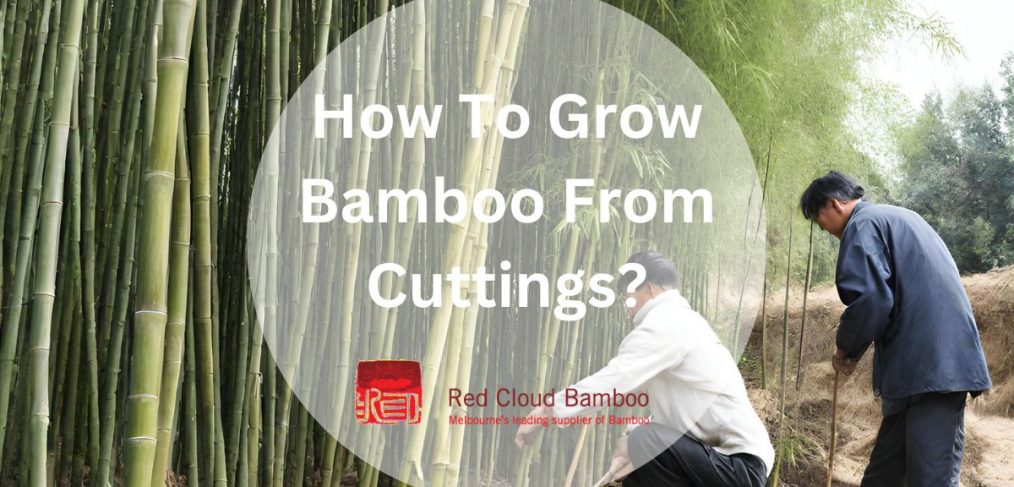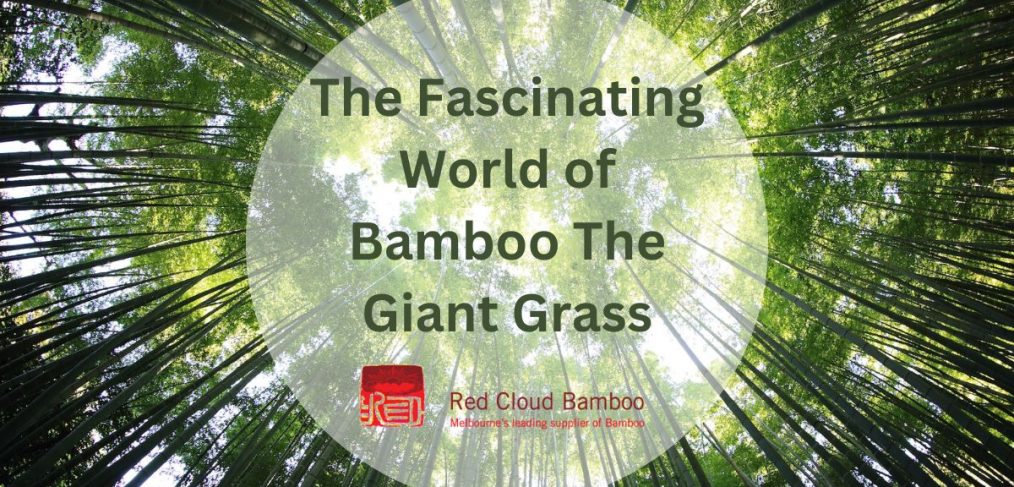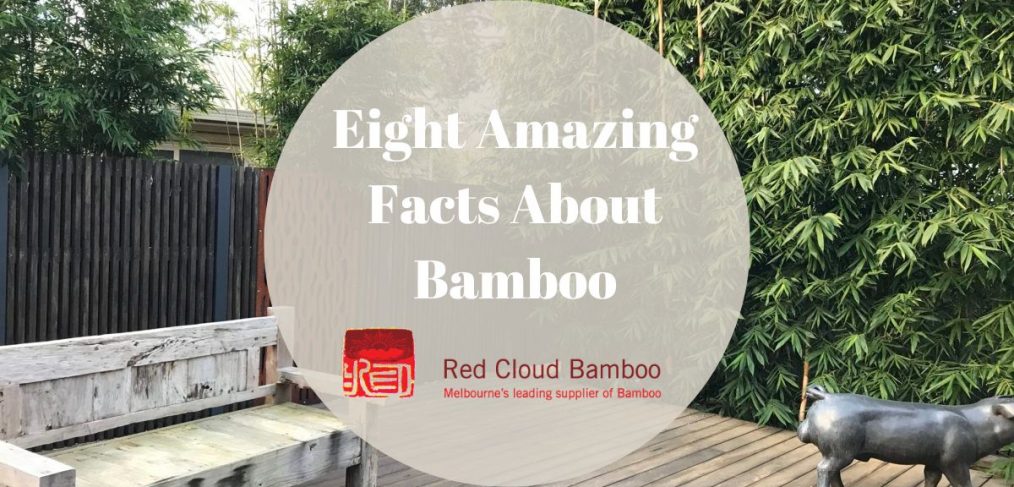Growing bamboo is a versatile and sustainable green practice that is gaining popularity worldwide. As a rapidly renewable resource, bamboo can provide many useful materials with less environmental impact than other plants. Bamboo stems, known as canes, can be used to make building materials, textiles, furnishings and more. Additionally, bamboo is excellent for sequestering carbon and preventing soil erosion.
This comprehensive guide will cover best practices for cultivating various bamboo species from the Bambusa genus, which includes many common varieties suitable for gardens, landscaping and small farms. Bambusa bamboo produces running rhizomes that allow new shoots to sprout and spread over time. In this article, we will discuss propagating additional bamboo clumps by taking stem cuttings of Bambusa, and caring for the plants as they mature. Proper care ensures healthy bamboo growth and maximum yields.
Methods for planting bamboo cuttings in Australian soil conditions will also be outlined. Planting techniques may differ depending on the specific Bambusa variety and growth habits. Finally, we will explore considerations for larger-scale bamboo farming and sustainable harvesting approaches. The goal is to help more people grow this versatile plant successfully, whether just a few clumps in the backyard or on a larger cultivated area.
Growing Bamboo from Cuttings
Taking cuttings is one of the simplest ways to propagate new bamboo clumps without relying on rhizome divisions or seed propagation. All that is required is a mature Bambusa stem with side shoots, or culms, already present. The best time to take cuttings is in late spring or early summer, after new culms have emerged but before the main growth period.
Use sharp, sterile pruning shears to cut sections of the cane right below a node, where leaves or side shoots are sprouting. Each cutting should be 15-30cm in length and contain 3-4 intact nodes. The nodes are the points from which roots and new shoots will emerge, so it’s important not to damage them during collection and planting.
Once cut, remove the bottom-most pair of leaves from each cutting so they are just above the lowest node. Removing a small amount of foliage helps the cutting conserve its energy for root establishment rather than supporting extra leaves initially. Quickly transfer the cut bamboo sections to a water-filled bucket and keep them submerged and hydrated until you’re ready to plant within a few days.
For planting, select a partly shaded area of your garden with rich, well-draining soil. Dig holes about 20cm deep and wide, spacing them 30cm apart in all directions. Gently separate and untangle the root systems of the clustered cuttings, then place each cutting vertically in a hole. The nodes should be just above soil level. Backfill and tamp soil firmly around the stems. Water well and keep the soil continually moist until new shoots emerge in a few months. Proper watering will help the cuttings establish strong roots to support future Bambusa growth.
How To Care For Bamboo?
Once established from cuttings, bamboo clumps require adequate care to thrive and remain healthy. While bamboo is generally low-maintenance, some key aspects influence optimum growth at different stages. Proper watering is especially important as bamboo transitions between its active growing season and drier dormant period each year.
When new culms first emerge in spring, the soil should be kept continually moist to support rapid growth. However, be careful not to overwater as the clumps establish, as wet feet can cause root rot. As temperatures rise into summer, bamboos enter a period of active transpiration and culms mature quickly. During this time, water deeply once a week if no rainfall occurs.
Come late summer and into autumn, the clumps will gradually go dormant to withstand cooler weather. Reduce watering gradually until the soil is moist but not saturated through winter. Culms may even turn yellow and dry out as the plants senesce for the colder months ahead. Resume regular watering when new shoots emerge in spring.
In addition to water, bamboo benefits from fertiliser applications during the growing season. Well-rotted manure or a balanced organic fertiliser works well when applied in spring and again in late summer. The soil should be loose, well-draining and mildly acidic for optimum Bambusa growth. Mulching annually with organic matter helps retain moisture while improving the soil.
How To Plant Bamboo?
Once propagated from cuttings, or obtained as container-grown plants, bamboo is ready for permanent placement in the landscape. Proper planting bamboo techniques help clumps establish securely and reach their mature potential. First, select a site for your bamboo with characteristics matching its needs.
Most Bambusa varieties thrive in partial shade but will tolerate full sun in cooler climates if soil moisture is adequate. Good drainage is essential – bamboo should not sit in soggy soil. Loosen the existing dirt and mix in compost or other organic amendments to improve structure and nutrient levels if needed.
Dig holes approximately twice the diameter of the root ball or cutting cluster and only as deep. Place the plant at the same level it grew previously to avoid stem rot from waterlogging. Backfill the hole, firming soil gently around the base without compacting. Water well after planting and apply a 2-3cm deep wood chip mulch to deter weeds and retain moisture.
When locating multiple culms or clumps, maintain at least a 1-2m spacing to allow for future growth without overcrowding. Larger running bamboo varieties may require greater spacing of 3m or more between parent rhizomes. Staking is optional but can offer support in windy areas as new culms mature over 1-2 years.
Conclusion
We have covered many aspects of successfully cultivating bamboo, from establishing clumps to harvesting a sustainable crop. Whether you’re growing a few highlights for your garden or a full bamboo grove with farming potential, the simple steps of propagation, careful watering, planting techniques and mindful long-term management can result in a thriving Bambusa resource.
Bamboo has so many advantages – it is extremely versatile, renewable within a short timeframe, helps prevent erosion and sequesters carbon from the atmosphere. With the right soil conditions and ongoing care tailored to each variety’s needs, bamboo is a rewarding plant to cultivate. Whether for ornamental, craft material or agricultural usage, bamboo has many beneficial applications when grown sustainably.
I hope this comprehensive guide has provided useful information and inspiration for anyone looking to tap into bamboo’s versatile qualities. Feel free to reread sections as needed and let me know if you have any other questions. With the proper attention outlined here, your bamboo plantings are sure to thrive for many productive years to come. Let’s continue our journey of exploring green growing practices that also nourish our planet.
“Discover the incredible world of bamboo and unlock its limitless potential. Join us at Red Cloud Bamboo, your trusted partner in all things bamboo. Contact us today at 0418 552 170 to explore the possibilities. Or check out our blog for more information about bamboo. Let’s embrace the resilience and beauty of bamboo together!”




